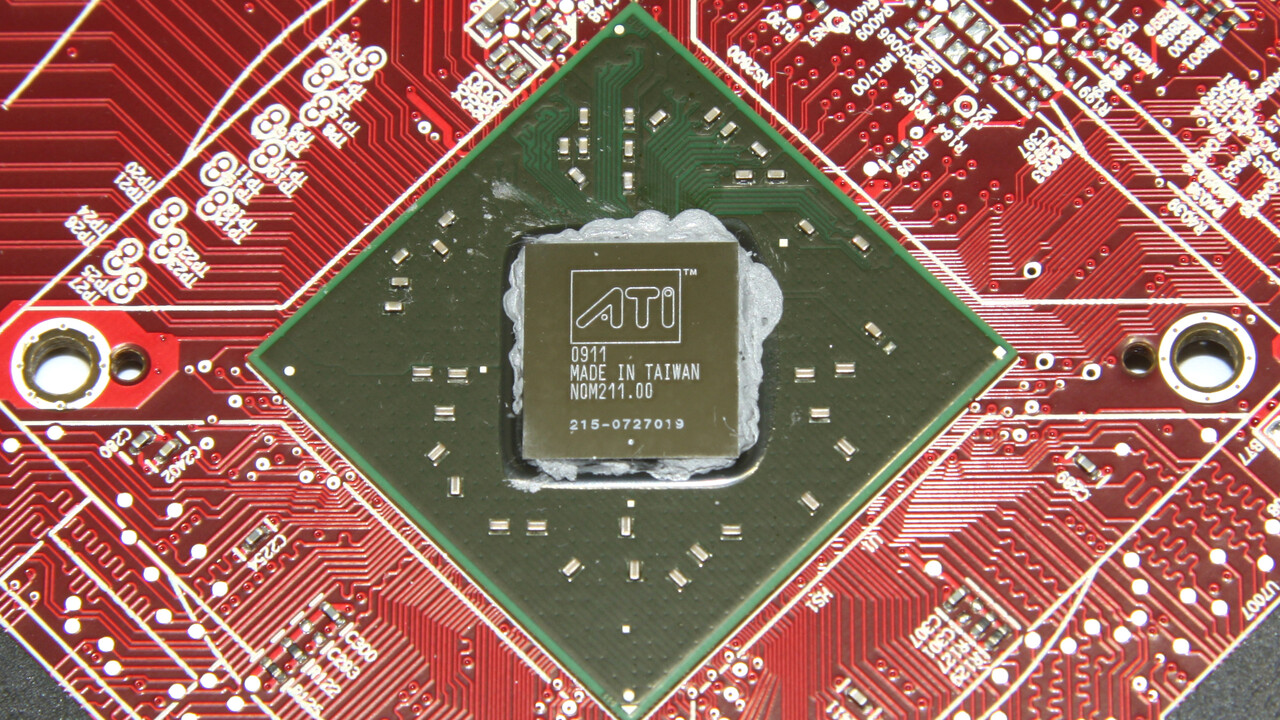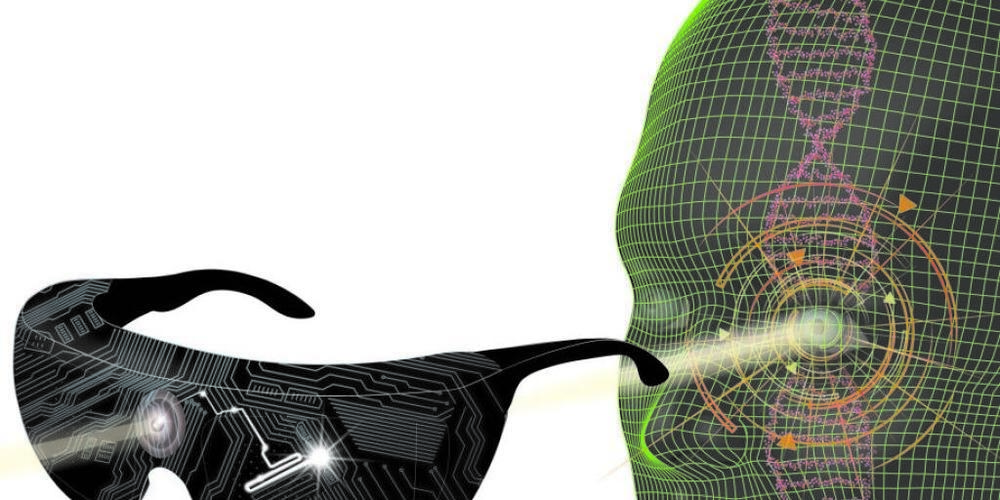Optogenetics – the blind patient has regained some of their eyesight after optometry therapy. An international research team with participation from Basel presented a report on this case study in Nature Medicine on Monday.
The intractable eye disease retinitis pigmentosa was diagnosed in the 58-year-old patient nearly 40 years ago. This is caused by mutations in more than seventy genes. With the disease, the photoreceptors in the retina die, so that patients gradually lose their eyesight, including blindness.
Thanks to special glasses, however, the blind patient is now able to recognize, count, locate and touch the various objects on a white table, according to the report of researchers working with Botond Roska and José-Alain Sahel. The patient was also able to familiarize himself with the pedestrian paths on the street and count the number of lines.
The light is on
“This is an important milestone on the road to treating people with hereditary eye diseases,” said Ruska, director of the Basel Institute of Molecular and Clinical Ophthalmology (IOB) and a professor at the University of Basel. About 13 years ago, he and his team first reported that blind mice were able to see again after optogenetic treatment.
Optogenetics is a technology by which cells can be turned on and off in a light-targeted manner.
To do this, researchers first used an adenovirus as a “gateway” to smuggle the genetic blueprint for light-sensitive proteins into diseased retinal cells in one of the patient’s eyes. There the proteins take over the dead photoreceptors and the received signals are passed to the brain via the optic nerve. The untreated eye served as a control in the study.
Training mode
Four and a half months after the injection, the patient began training with special glasses that take pictures of everyday life and convert them into light pulses. Then it is projected onto the retina in real time to stimulate the transgenic cells. The researchers write that from the seventh month after the start of training, the patient began to report signs of improvement in vision.
With the help of eyeglasses in a series of tests, the patient succeeded in perceiving, locating and touching a large notebook in 92 percent of cases, IOB wrote in a letter. With a small box of food, it worked 36 percent of the time.
A long way
Ruska admitted that the current technology does not mean that blind people can see clearly, for example to read a newspaper or recognize faces. Additionally, it was important that the patient not be blind from birth, but rather lose his sight later in life.
The case study results indicate, however, a promising method for enabling blind patients with advanced retinitis pigmentosa to improve their quality of life. The letter quoted Sahl, professor of ophthalmology and founding director of the Institut de la Vision in Paris, “It will take some time before this treatment is offered to patients.”
For example, longer studies of efficacy and safety are required in a larger sample of patients.
https://dx.doi.org/10.1038/s41591-021-01351-4

“Tv expert. Hardcore creator. Extreme music fan. Lifelong twitter geek. Certified travel enthusiast. Baconaholic. Pop culture nerd. Reader. Freelance student.”







More Stories
Psychology: Researchers say spring cleaning is unnecessary
Space in City Hall has become more expensive
7 tips on how to learn to deal with your fears